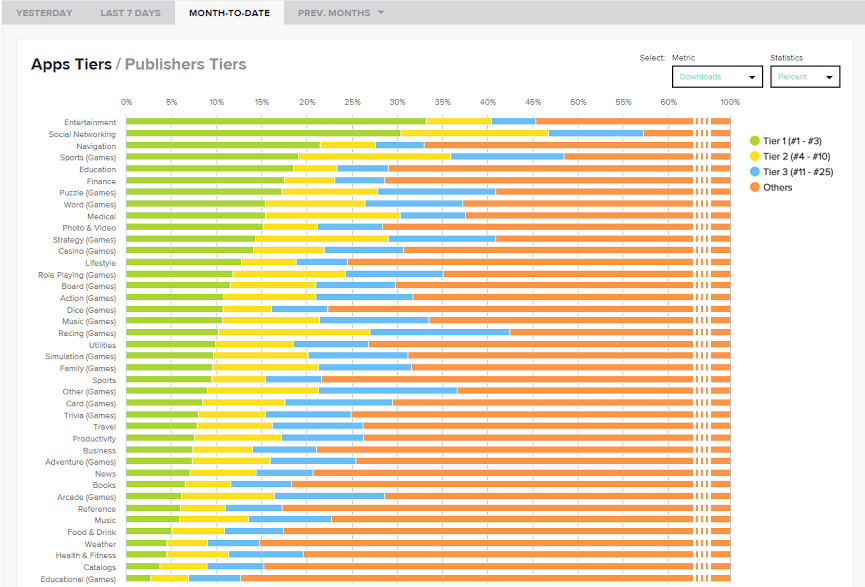What’s in store for emerging markets in 2015
Post on: 16 Март, 2015 No Comment

Possibly a rocky time.
Sasha Planting | @Moneyweb  | 4 December 2014 13:41
The beginning of 2014 was filled with stories about an emerging market meltdown, with the fragile five (Brazil, Indonesia, India, Turkey and South Africa) considered a threat to the world economy with their volatile currencies, low levels of growth and political uncertainty.
The good news is that the fragile five are still standing (but fragile); the bad news is that emerging market economies are not in for an easier time in 2015.
According to a report from Citi Research. emerging markets (EMs) are likely to face a challenging, but not insurmountable, year. It will be governed by familiar themes. These are Chinas slowdown and its consequences; the impact of falling commodity prices; and the prospect of US monetary tightening.
Perhaps the most reliable observation one can make about all three of these forces is that they will continue to pressure emerging economies to find a new model for GDP growth. The biggest rewards will be for countries making effort to introduce structural reforms (eg trade arrangements, domestic financial freedom, labour and tax regimes, land use and the clarity of property rights).
Mexico and India the two most promising reform stories in EMs these days are likely to see some of the biggest gains in GDP growth over the next two years.
Unfortunately, the countries where structural reform is probably needed most Russia, Brazil, South Africa, Argentina, Venezuela are getting it least.
China and commodities
The country to watch in 2015 inevitably is China. Economic developments in that country are becoming increasingly less EM-friendly. Economic growth is slowing as the authorities try to manage the economys high levels of debt in order to avoid a full-blown recession.
Incredibly, Chinese policy makers have managed to slow the economy while still growing jobs. This may reflect the strong performance of the under-recorded services sector and is likely to reassure government that slower growth is acceptable.
What this means for other countries is that as the Chinese credit stimulus slows, so does import growth. This has led to weaker commodity inflation not great for commodity exporting countries.
A far bigger worry should be the fact that there appears to be some domestic rebalancing underway in the Chinese economy, with consumer spending to GDP increasing while investment-driven spending slows.
Since the biggest suppliers of consumer goods to China are to be found in developed markets, Citi expects that China will be a less friendly factor for EMs in the next few years.
The general fall in commodity prices oil specifically was a defining feature of 2014 and this is likely to continue into 2015 and beyond. This had a notable impact on the macroeconomic performance of EM commodity exporters who suffered from weaker economic activity, lower export growth, worsening current account balances, greater currency pressure, higher inflation, lower investment efficiency and bigger risk premium than the EM manufacturing economies.
20Shot%202014-12-04%20at%2012.56.24%20PM.jpg?5282b5 /%
Source: CPB; Citi Research
It also became clear this year that the more commodity-dependent an economy, the worse its export performance would have been. This partly explains why, among the Fragile Five, it is only the manufacturing exporters India and Turkey that have been able to reduce their current account deficits since May 2013.
Capital flows into and out of these countries will remain a concern. It is intuitive that the countries least likely to suffer capital outflows or macroeconomic disruption are manufacturing economies with current account surpluses. Equally its intuitive that the most vulnerable countries in EMs will be commodity exporters with current account deficits.

20Shot%202014-12-04%20at%201.00.19%20PM.jpg?5282b5 /%
Source: Citi Research
The widening of South Africas current account deficit in 2014 reflects the lack of any real rebalancing in the economy. Citi believes the deficit will remain stuck at 5.3% of GDP. This is a large deficit given the extent of recent currency weakness. It also means that the government needs to attract around R200 billion a year to fund the deficit.
Because financial account flows still relatively unpredictable, this is likely to put downward pressure on the Rand. Citi expects the currency to weaken to R11.40/USD over six to twelve months.
The prospect of US monetary tightening and interest rate hike in late 2015 is also likely to cloud the outlook for capital flows to EM.
South Africans are probably aware that foreign direct investment into the country has been dwindling. However this trend is not unique to SA. FDI into most emerging markets has been declining for a number of years. In 2013 net FDI in emerging markets was less than 1% of global GDP, its lowest level in 15 years. The concern is that weaker FDI levels leave emerging markets highly vulnerable to capital outflows.
With FDI already weak, and equity flows slowing, Citi suggests that it is the debt flows that could be threatened because they are more sensitive to interest rate differentials. Thus if US monetary tightening shrinks interest differentials, then debt inflows could be threatened.
This could be mitigated by two factors Citi says. There is evidence, for example, of a structural decline in institutional investors home bias in recent years, which should support demand for EM assets. And the prospect of higher US rates may be offset to some extent by monetary loosening by the European Central Bank and the Bank of Japan.
Deflation is another thing to watch out for in 2015. While its not a likely scenario for South Africa, it is a risk across a number of other markets, including China. Should China face deflation policy makers could respond by depreciating the currency. This would negatively affect the rest of the emerging world by increasing risk aversion to EM in general.
The news is not all bad though. The weaker rand has made South Africa an increasingly attractive tourist destination and it will limit import growth and provide a boost to domestic production. Export growth should also benefit from wider African growth and the EU which showing signs of a modest recovery.
The combination of these trends should help to push up GDP growth, (but only to a modest 2.2% in 2015 and 2.8% the following year) and the current account deficit down towards 4% of GDP by 2016.














